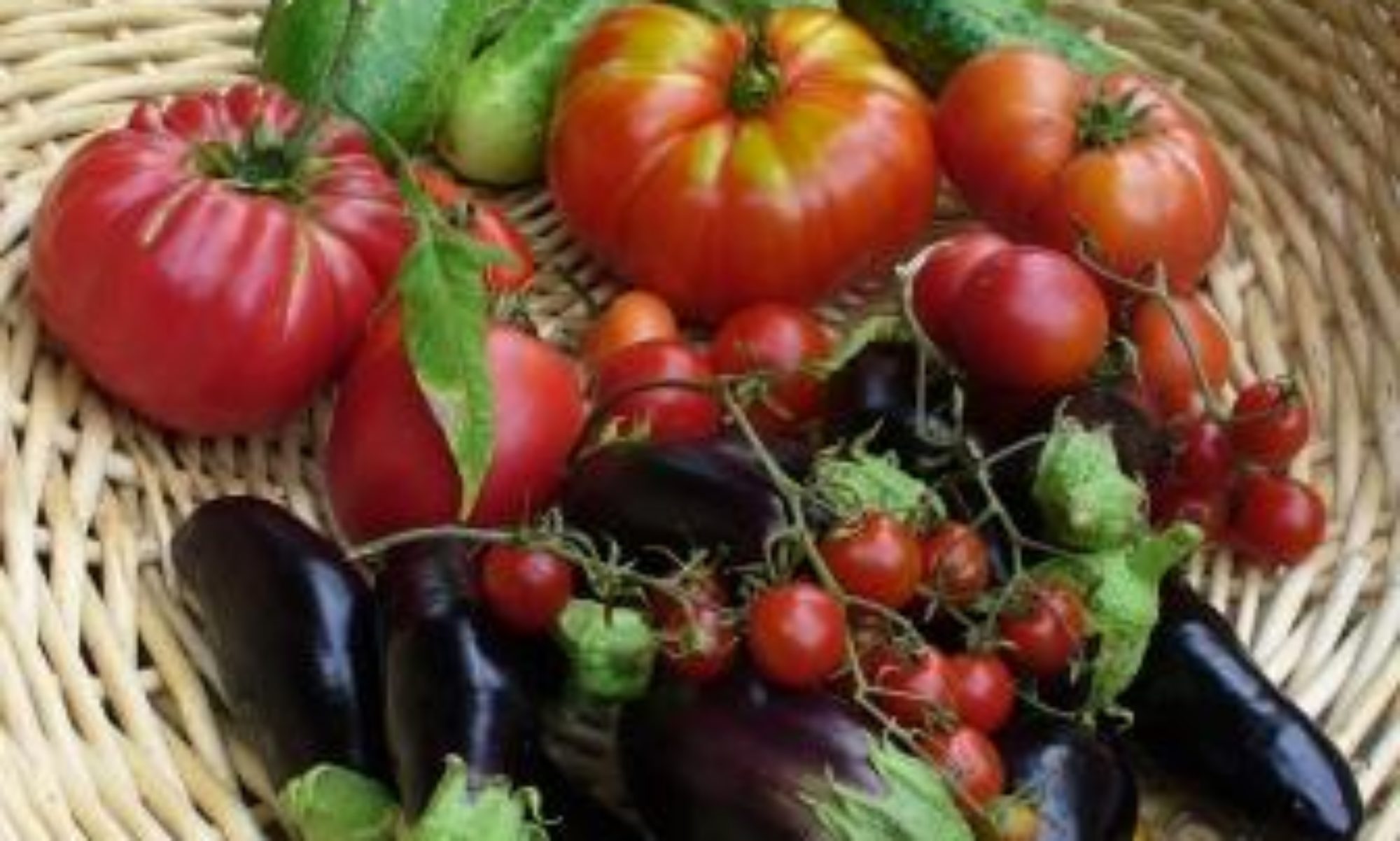
High & Dry Farm’s self-serve farmstand is open during daylight hours every day of the year. This week we are selling the following certified organic produce:
- English cucumbers $2 each
- Slicing cucumbers $2 each
- Bagged arugula $8
- Bagged fresh basil $5
- Bagged baby lettuce salad mix $8
- Bunched kale $4
- Bell peppers $2 each
- Green Thai peppers (HOT!!) $5 per quart
- Bagged potatoes $5
- Bagged yellow onions $5
- Acorn squash $3 each
- Jonathan Apples $0.50 each
- Bramley Apples $1 each

Visit us at 32814 120th St. Sultan, WA












